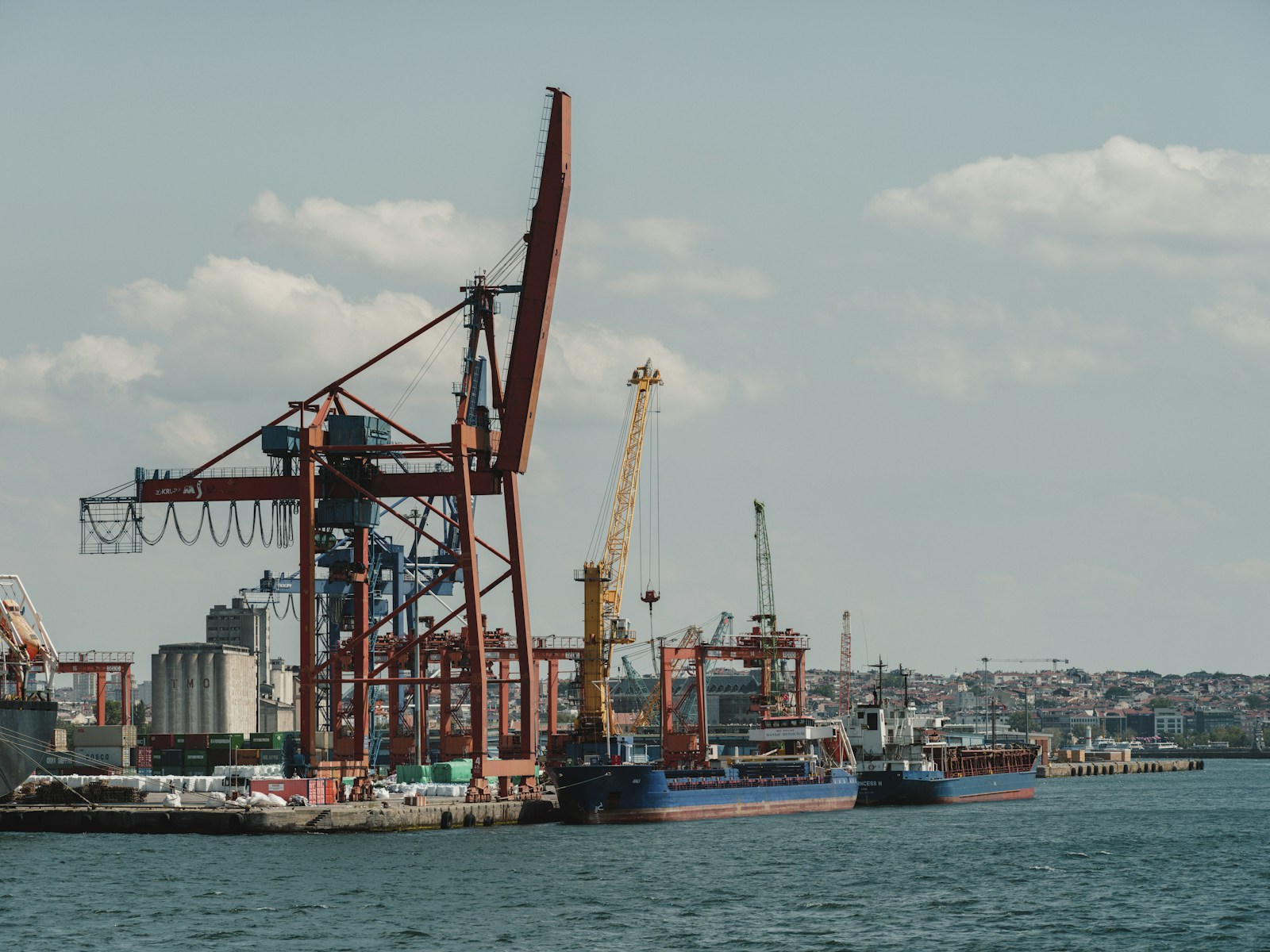
vagón de cabecera

header carriage
The Spanish term 'vagón de cabecera' translates to 'header carriage' in English. Generally utilized in the context of trains, it refers to the first or leading carriage that typically leads a train. It may also be used metaphorically to indicate a leading element or the forefront of something. In daily conversation, its usage is relatively uncommon unless discussing specific topics regarding railways.
Example sentences using: vagón de cabecera
El vagón de cabecera es el primero del tren.

The head carriage is the first of the train.
This sentence is describing the location of the head carriage within a train. In this context, it is indicating that the head carriage is the very first one in the line of carriages making up the train.
El conductor se sienta en el vagón de cabecera.

The driver sits in the head carriage.
This sentence refers to the location of the train driver or conductor. Typically, the driver would be located in the head carriage of the train in order to have the best possible view and control of the train's route.
Fui al vagón de cabecera para tener una mejor vista.

I went to the head carriage to have a better view.
The sentence describes a person's action of moving towards the head carriage of the train. The person is likely looking out for a clear or panoramic view, which is usually possible from the front position of the train.